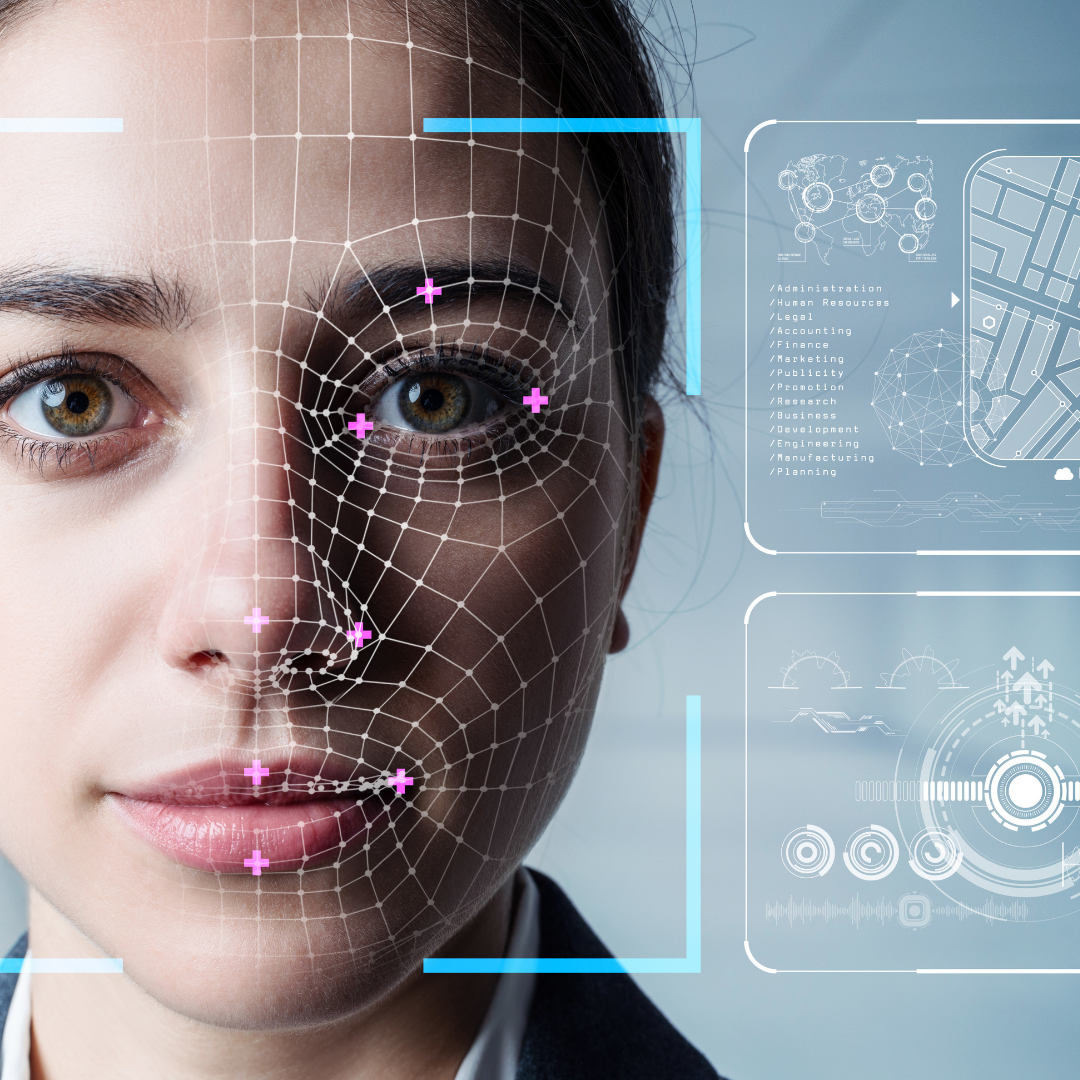
Facial recognition in mobile phones has been around for a while now, but this technology is set to become more mainstream in the coming years. The use of facial recognition tech in mobile phones can be a boon for catching criminals and for people wanting to keep track of their kids. However, the issue with facial recognition is that the technology is not always accurate, so we should never give out personal details such as your phone password or financial information unless you are sure it is safe.
Facial recognition is a powerful tool that allows security searches to be made more efficient and less intrusive. The technology, which when used in combination with a Deep Learning Camera, can allow for scanning the faces of thousands of people in a single second and compare them against a database of known criminals and wanted persons. Some countries have passed laws requiring the use of facial recognition technology in public areas, making it the new norm. However, the technology has raised several privacy concerns. Law enforcement and CCTV operators can use it to identify and track people in a non-consensual manner.
We all know that technology is changing our lives, but what is less obvious is how it has evolved facial recognition technology into a staple of modern life. Facial recognition is the technology that can match your face to a database of images and match you to objects and people in those images.
There are lots of different facial recognition systems out there, but they all have one thing in common: they have the potential to track our faces. But, before you go amassing a collection of mug shots, it’s important to understand what’s possible in the world of facial recognition, along with the pros and cons of each technology.
Facial recognition technology has already made its mark in certain banking transactions and retail establishments, serving as a safeguard to confirm individuals’ true identities. This tech also finds itself associated with tracing and locating individuals under suspicion for financial misconduct. Esteemed enterprises such as Bond Rees provides professional person tracing services, often capitalizing on facial recognition technology’s data to locate those involved in monetary fraud – be it debt-related or credit card misappropriation.
The role of facial recognition tech isn’t confined to these arenas alone. Its domain is expanding into the realm of identity theft detection and prevention. By juxtaposing images from diverse sources, companies can ascertain the veracity of claimed identities. This proactive measure acts as a deterrent against unlawful access to personal information, thwarting fraudulent activities perpetrated through stolen identities.
The process of matching a person in a photo with another by the same person is called “facial recognition.” It’s a tool that has become more common, but it’s still controversial. Some argue that it’s a good thing and can help solve crimes. Others argue that it’s a bad thing because it invades people’s privacy and allows a government to look over everyone’s shoulders.
Facial recognition systems (FR) can be used to enhance the security of a wide range of applications. Facial recognition software can be installed into the CCTV surveillance systems of your office space. This could strengthen your security systems by keeping track of people accessing certain rooms that contain sensitive information. That way, this technology can assist you in keeping your business safe when you are not in the office. Apart from this, facial recognition systems can be deployed in high-security zones ranging from commercial facilities such as airports and shopping malls to consumer goods such as mobile phones and jewelry makers. However, this technology is not a cure-all solution, and there are some things that people should be aware of before they start introducing it into their daily lives.
The face is one of the most identifiable features of a person. It’s what makes us who we are. The ability to recognize another person’s face is a huge part of our daily lives and is something businesses rely on. Facial recognition technology, used by companies to recognize known or unknown faces, can be used in several different ways, such as scanning the faces of patrons at a nightclub or even catching shoplifters. However, there are certain situations in which this technology can’t be used, such as for individuals with certain conditions. The benefits of facial recognition technology are numerous.